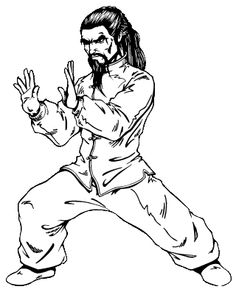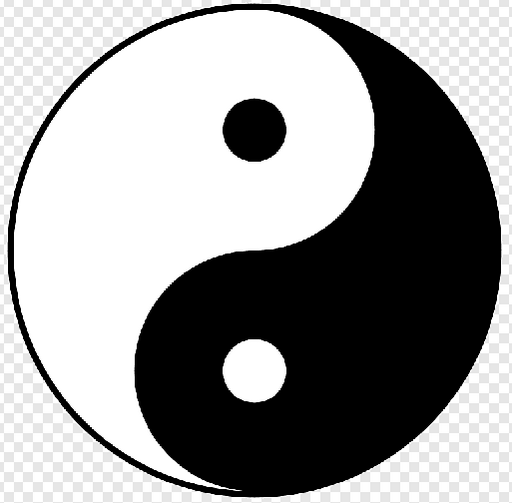A couple of months back, I hurt my leg.
I was walking-up the slightly sloped street just before my house. Nothing different from what I have done hundreds of times before.
Something just “went” in my inner calf and the inside of my foot.
Not sure what is more worrying. How long it is taking for my leg to heal, or that such a thing can just happen again for no apparent cause or reason.
I have spent the last few months limping everywhere, to varying levels of pain or discomfort.

One thing I have noticed is I seem to have experienced less migraine attacks, which I suspect due to the leg pain stimulating endorphins/endocannabinoids. This gives me a nice choice: periodically lose chunks of vision, or walk more and be in constant discomfort.
The other day I came across two inaccurate comments about tai chi. Tai chi is the only thing I had not yet tried on my bad leg.
Tai chi puts gentle stress on the lower legs, so is known to be useful in healing certain conditions.
While the kettle was boiling, I went through what I could recall of the tai chi form.
Much to my surprise, I noticed that the constant tension along my inner calf had completely vanished. The inside of my foot still hurt, but was possibly toned down a little.
The leg thing did not come back for several days, and was usually only noticeable in the morning before I had practised the form, or if I had been immobile for some time.
For over a week now, I have been making an effort to run through a few moves each morning. I will fit in a session before bed if I am not too sleepy.
The pain in the foot is beginning to reduce, which is encouraging.
As I wait for the train, I use a modified version of the rocking from one foot to the other that is described in the “Anti-Jet Lag” book.

Rather than following my old (Yang) form, I have decided to try learning the form in the book “Compact Tai Chi” by Jesse Tsao. The early parts are mainly Yang, with some Chen, Sun and Wu techniques added in later sections.
One of the good points of my ailing memory is that I have forgotten so much of the Yang form that I learnt, it does not conflict with learning a new form.
An added bonus is that this training has interested me in other styles of tai chi. So far I have mainly found information of Wu style, although it is not often clear which Wu style. There are two styles of tai chi called “Wu”. In Chinese they have different tones, so are distinct words. Often these are simply translated as Wu, and it is not obvious if this is Wú: second, rising or high-rising tone; or Wǔ (Hǎo): third, falling-rising or low tone.
Many books on tai chi to not bother to tell you the style, or even the form they describe.

Compact Tai Chi is a good book and does a nice job of explaining the form. I have something of a tai chi background, so it is hard for me to judge if this book alone would be good for a beginner.
Tsao does describe a martial application after each posture. I would advise anyone wishing to practice tai chi for any reason to familiarize themselves with the martial applications.
It is much easier to get the movements right if you keep in mind a certain movement is intended as a strike, or as a parry sweeping an attack away from your face and abdomen, for example.
“How to Use T'ai Chi as a Fighting Art” by Erle Montaigue is a good start, as is the Compilation book with Erle and I collaborated on.
“Advanced Yang Style Tai Chi Chuan Vol. 2 : Martial Applications” by Jwing-Ming Yang is also good for the applications section. The most recent edition combines all volumes in one cover. I am not sure if all the original content is retained.
“Wu Style Taijiquan” by Wang Peisheng and Zeng Weiqi includes numerous illustrations of techniques.